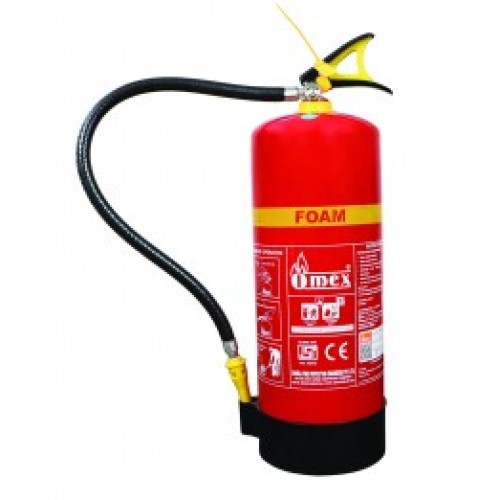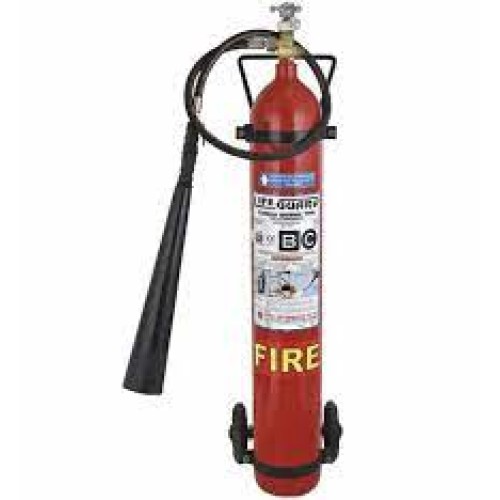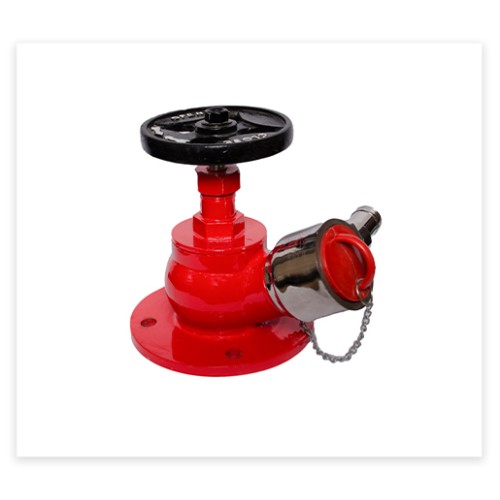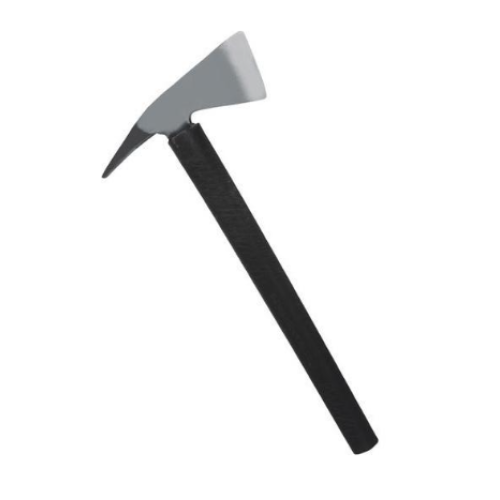he Omex 6L Mechanical Foam Fire Extinguisher is a highly efficient fire safety tool designed to combat Class A and Class B fires. This type of extinguisher is particularly effective for fires involving solid combustibles (like wood, paper, and textiles) and flammable liquids (such as oils, solvents, and paints). The 6L capacity ensures it provides an ample firefighting solution, making it suitable for both residential and commercial settings. Key Features: 6L Capacity: The 6-liter capacity of the extinguisher refers to the amount of foam contained within. This larger size is ideal for moderate to large fire hazards, offering enough volume to effectively tackle fires in both residential homes and commercial spaces such as offices, kitchens, and workshops. Mechanical Foam Agent: The mechanical foam is a mixture of water and foaming agents that is used to suppress fires. When deployed, the foam forms a barrier that cools the fire and simultaneously cuts off the oxygen supply, which is necessary for the fire to continue burning. It is particularly effective in handling Class A (solid combustibles) and Class B (flammable liquids) fires. The foam helps prevent re-ignition by creating a layer over the burning material or liquid, providing longer-lasting fire suppression. Class A and B Fire Protection: Class A: Fires involving solid combustibles such as paper, wood, rubber, plastics, and textiles. Class B: Fires involving flammable liquids like oils, paints, solvents, and gasoline. This makes the Omex 6L Mechanical Foam Fire Extinguisher versatile and suitable for use in various environments, from homes to commercial kitchens, storage areas, or workshops where both types of fires can occur. User-Friendly Operation: The extinguisher is easy to use, following the standard P.A.S.S. method (Pull, Aim, Squeeze, Sweep). This ensures that users, even with limited experience, can operate the extinguisher effectively in an emergency. Cylinder Construction: The Omex 6L Foam Fire Extinguisher is typically housed in a durable, steel or aluminum cylinder that is designed to withstand the pressure of the foam solution. These materials ensure the extinguisher is both strong and lightweight, making it easy to carry and maneuver during an emergency. Certified and Safe: This extinguisher is typically CE certified and complies with EN3 standards, ensuring it meets industry safety and performance requirements. The certification confirms that it has been rigorously tested for safety and effectiveness. Discharge Time and Range: The Omex 6L Mechanical Foam Fire Extinguisher offers a moderate discharge time and range, meaning it can tackle small to medium-sized fires before needing to be refilled. The foam is discharged in a controlled manner to ensure that the fire is tackled efficiently without splashing or spreading.
Send Message







